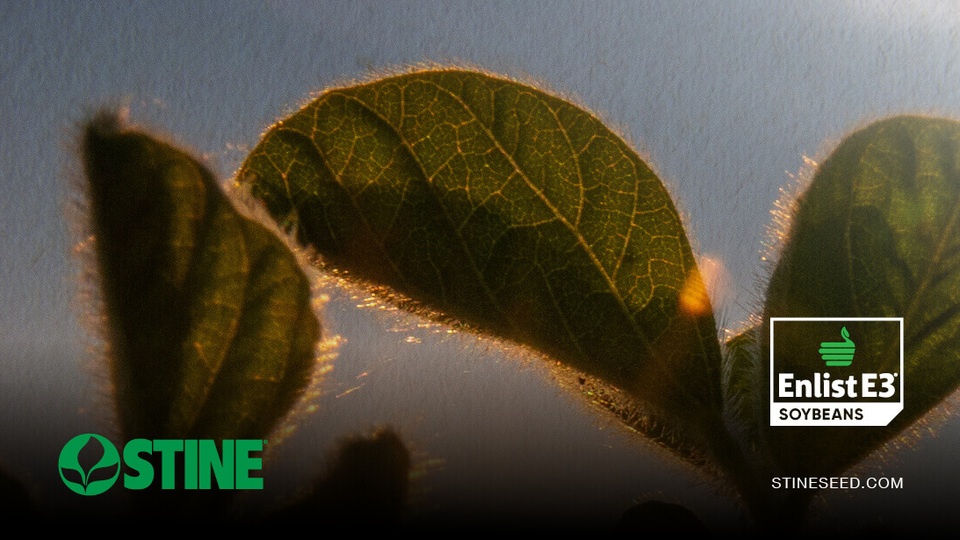Stine Seed Blog
Stine’s Ask the Agronomist blog is your source to the latest information from our expert team, including advice and insight on field practices, product recommendations, planting and harvest updates, new technologies, crop management, innovative research and information about how to keep your farm operation running smoothly year round.
-

Looking ahead to spring fertility
January 2025 in Agronomy
-

Leverage Stine’s agronomy team for success in the field
January 2025 in Agronomy
-

Standing out by being shorter: The benefits of short-stature corn
January 2025 in Agronomy
-

Introducing Stine’s new soybean blends: Take on field challenges with confidence
January 2025 in Agronomy
-

Start strong with Stine®: Top 5 tips for planning your 2025 crop
January 2025 in Agronomy
-

Celebrating the Season
December 2024 in General
-

Gather & Grow with Stine®
December 2024 in General
-

Understanding red crown rot in soybeans
December 2024 in Agronomy
-

Unlock your farm’s full potential with Stine’s Yield Maximizer Program
December 2024 in General
-

Giving thanks
November 2024 in General
-

Rooted in farming: The Stine® legacy
November 2024 in General
-

The value of Stine® Enlist E3® soybeans
November 2024 in Agronomy












